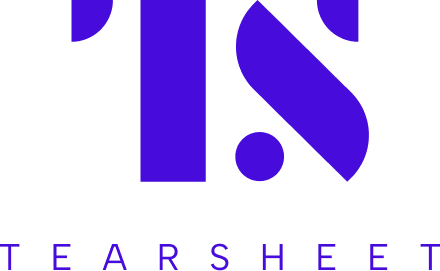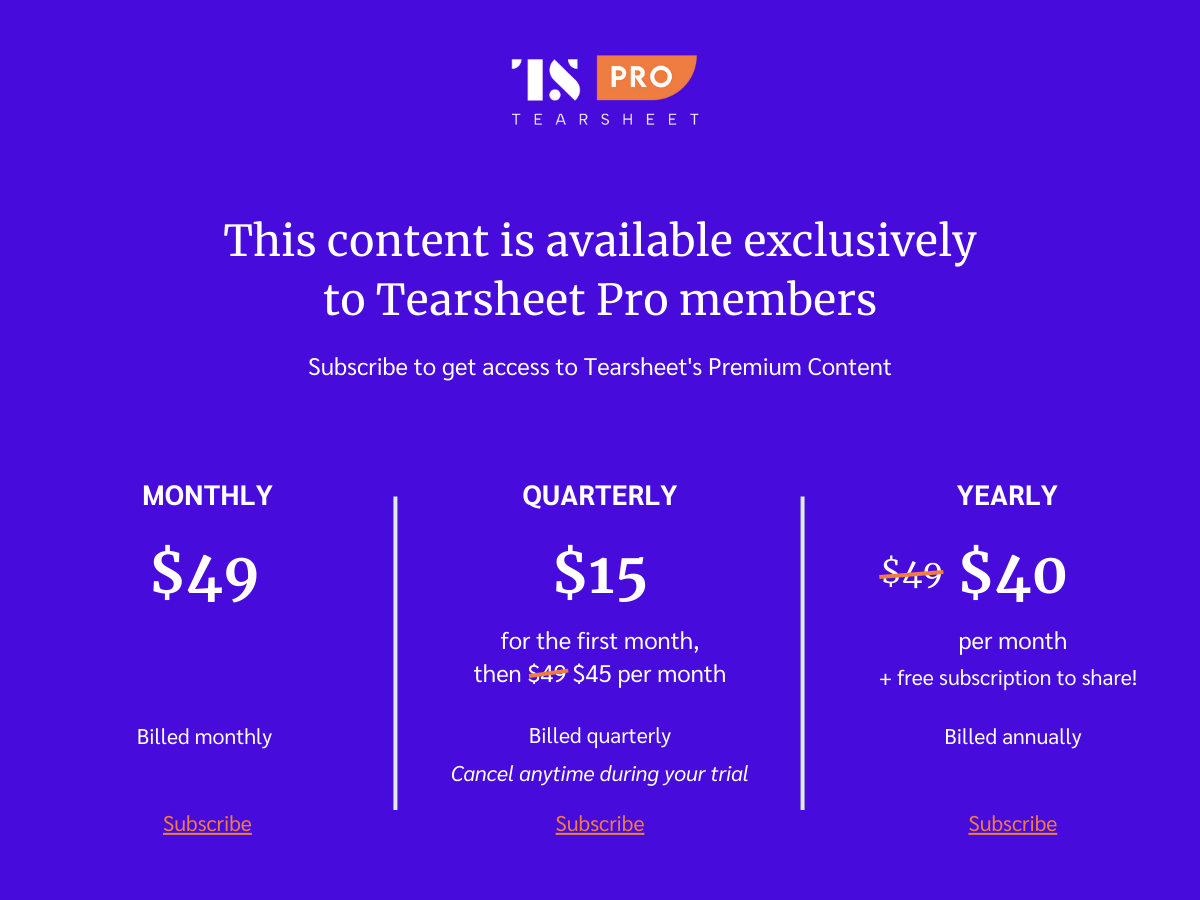How to build a neurodiversity program ft. Wells Fargo
- Wells Fargo launched its Neurodiversity Program in April 2020, and three years later the program is now going to celebrate its three hundredth employee with 98% retention.
- How does the Wells Fargo's Neurodiversity Program work and what insights can other FIs glean from Wells’ process?

The unemployment rate for the neurodiverse in America is extremely high.
Analysts estimate that 85% of those on the autism spectrum are unemployed, while the rate for the rest of the population is 4.2%. The biggest roadblocks for many neurodiverse individuals occur during the hiring process, where they have to consider whether or not to disclose that they are differently abled. Why? Because recent surveys show that one-third of respondents would not knowingly hire a person with a learning disability.
Accessibility is not a cool feature that can be tacked onto a product. And commitment to accessibility shouldn’t be limited just to customer-facing touchpoints like bank branches and financial products, but have the potential to become part and parcel of the soul of an organization if it wants to make its products and working environments more equitable. Accessibility is a corporate value, and institutions like Wells Fargo are trying to ensure it also becomes a part of its corporate culture.
Wells Fargo launched its Neurodiversity Program in April 2020, under the sponsorship of the company’s Chief Information Officer, Saul Van Beurden, and with the goal of counteracting stigma to make inclusive hiring possible. And three years later the program is going to celebrate its three hundredth employee with 98% retention over the life of the program.
So how does the Neurodiversity Program work and what insights can other FIs glean from Wells’ process?



